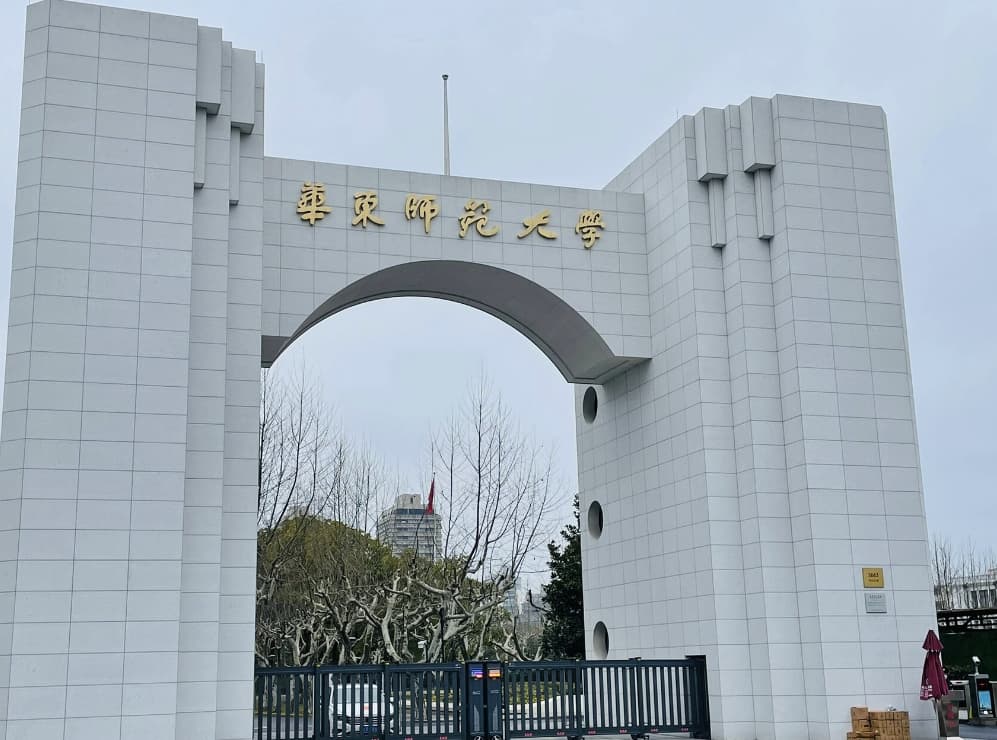Cracking the Code: Essential FAQs on English Translation Prediction for Postgraduate Entrance Exams
Are you preparing for the English postgraduate entrance exam and feeling overwhelmed by translation prediction questions? Fear not! This guide is here to demystify the process and equip you with the knowledge to tackle these challenges head-on. Translation prediction is a critical component of the exam, testing your ability to understand and interpret complex sentences accurately. Whether you're a beginner or looking to refine your skills, our comprehensive FAQ section covers everything from common pitfalls to proven strategies. Let's dive in and unlock your potential!
Frequently Asked Questions
1. What are the most common mistakes students make in translation prediction questions?
Translation prediction questions in the English postgraduate entrance exam can be daunting, but understanding common mistakes is the first step toward improvement. One frequent error is overlooking context clues. Many students get bogged down in individual words without considering the overall meaning of the sentence. For instance, a word might have multiple meanings depending on the context, and failing to discern the correct one can lead to inaccurate translations. Another misstep is neglecting grammatical structures. English and Chinese sentence structures differ significantly, so directly translating word-for-word often results in awkward or incorrect sentences. Instead, focus on conveying the intended meaning while adapting the structure to fit the target language. Additionally, students sometimes ignore idiomatic expressions and colloquialisms, which can completely change the tone and nuance of a sentence. To avoid these pitfalls, practice by analyzing sentences in context, paying attention to grammar, and familiarizing yourself with common idioms and expressions. Remember, the key is to balance accuracy with natural flow.
2. How can I improve my ability to predict translations effectively?
Improving your translation prediction skills requires a combination of practice, understanding, and strategy. Start by expanding your vocabulary and familiarizing yourself with high-frequency words and phrases commonly found in exam materials. This will help you recognize key terms quickly and accurately. Next, focus on developing a deep understanding of grammar rules, particularly those that differ between English and Chinese. For example, English often uses passive voice, while Chinese tends to favor active constructions. Recognizing these patterns will enable you to make more informed predictions. Another effective method is to practice translating short passages regularly. This not only improves your speed but also helps you identify areas where you struggle. Pay attention to the tone and style of the original text, as this can greatly influence the translation. For instance, a formal document will require a more formal translation, while a casual conversation might allow for more colloquial language. Additionally, studying past exam papers can provide valuable insights into the types of questions asked and the level of difficulty. By analyzing these examples, you can refine your approach and build confidence. Remember, consistency is key—regular practice will gradually enhance your ability to predict translations effectively.
3. Are there any specific strategies for handling complex sentences in translation prediction?
Complex sentences in translation prediction can be particularly challenging, but with the right strategies, you can navigate them with confidence. One effective approach is to break the sentence down into smaller clauses or phrases. This makes it easier to understand the overall structure and identify the main ideas. For example, if a sentence contains multiple subordinate clauses, focus on translating the main clause first before tackling the subordinates. This method ensures you don't lose sight of the primary message. Another useful technique is to look for connecting words and phrases, such as "although," "because," and "however," which can provide valuable clues about the relationships between different parts of the sentence. Paying attention to these transitions helps you maintain coherence in your translation. Additionally, it's essential to recognize idiomatic expressions and cultural references, as these often require more nuanced translations. For instance, a phrase like "hit the nail on the head" might be translated more literally in Chinese, but understanding the intended meaning (being exactly right) allows for a more accurate translation. Practice by analyzing complex sentences and identifying key elements such as subject-verb agreement, tense, and mood. This will help you become more adept at handling intricate language. Remember, patience and practice are your best allies—don't rush, and take the time to understand each component before translating.



.jpg)
.jpg)
.jpg)
.jpg)



.jpg)